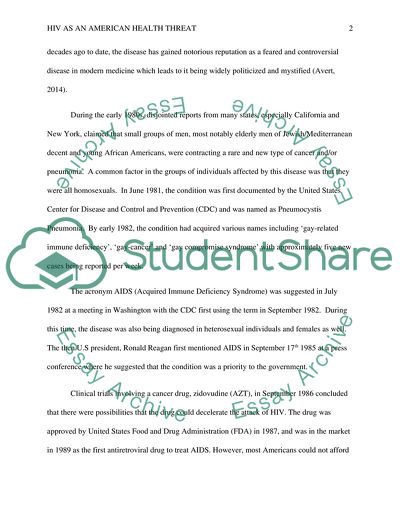Cite this document
(“Trends of HIV and AIDS in the USA Assignment Example | Topics and Well Written Essays - 5000 words”, n.d.)
Trends of HIV and AIDS in the USA Assignment Example | Topics and Well Written Essays - 5000 words. Retrieved from https://studentshare.org/health-sciences-medicine/1676711-s-a-p-17
Trends of HIV and AIDS in the USA Assignment Example | Topics and Well Written Essays - 5000 words. Retrieved from https://studentshare.org/health-sciences-medicine/1676711-s-a-p-17
(Trends of HIV and AIDS in the USA Assignment Example | Topics and Well Written Essays - 5000 Words)
Trends of HIV and AIDS in the USA Assignment Example | Topics and Well Written Essays - 5000 Words. https://studentshare.org/health-sciences-medicine/1676711-s-a-p-17.
Trends of HIV and AIDS in the USA Assignment Example | Topics and Well Written Essays - 5000 Words. https://studentshare.org/health-sciences-medicine/1676711-s-a-p-17.
“Trends of HIV and AIDS in the USA Assignment Example | Topics and Well Written Essays - 5000 Words”, n.d. https://studentshare.org/health-sciences-medicine/1676711-s-a-p-17.


